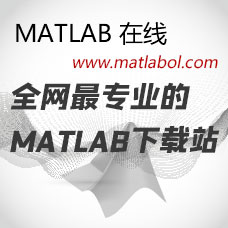数据结构与算法 陈卫卫 全套PPT
于 2020-12-10 发布
0 268
下载积分: 1
下载次数: 1
代码说明:
配套资源资源名称电子教案第6-7章电子教案第5章 电子教案第4章电子教案第3章电子教案第2章电子教案第1章
下载说明:请别用迅雷下载,失败请重下,重下不扣分!
发表评论


